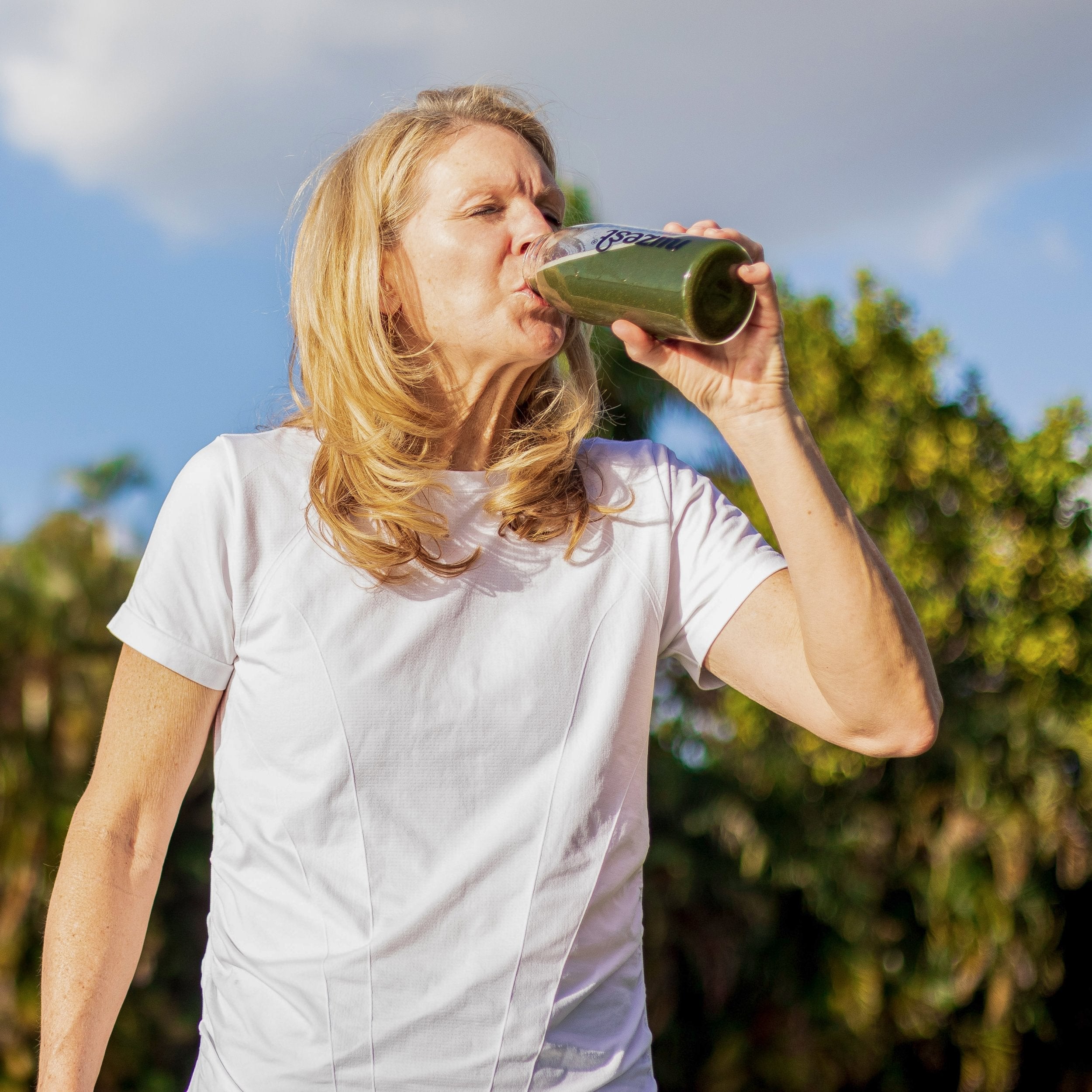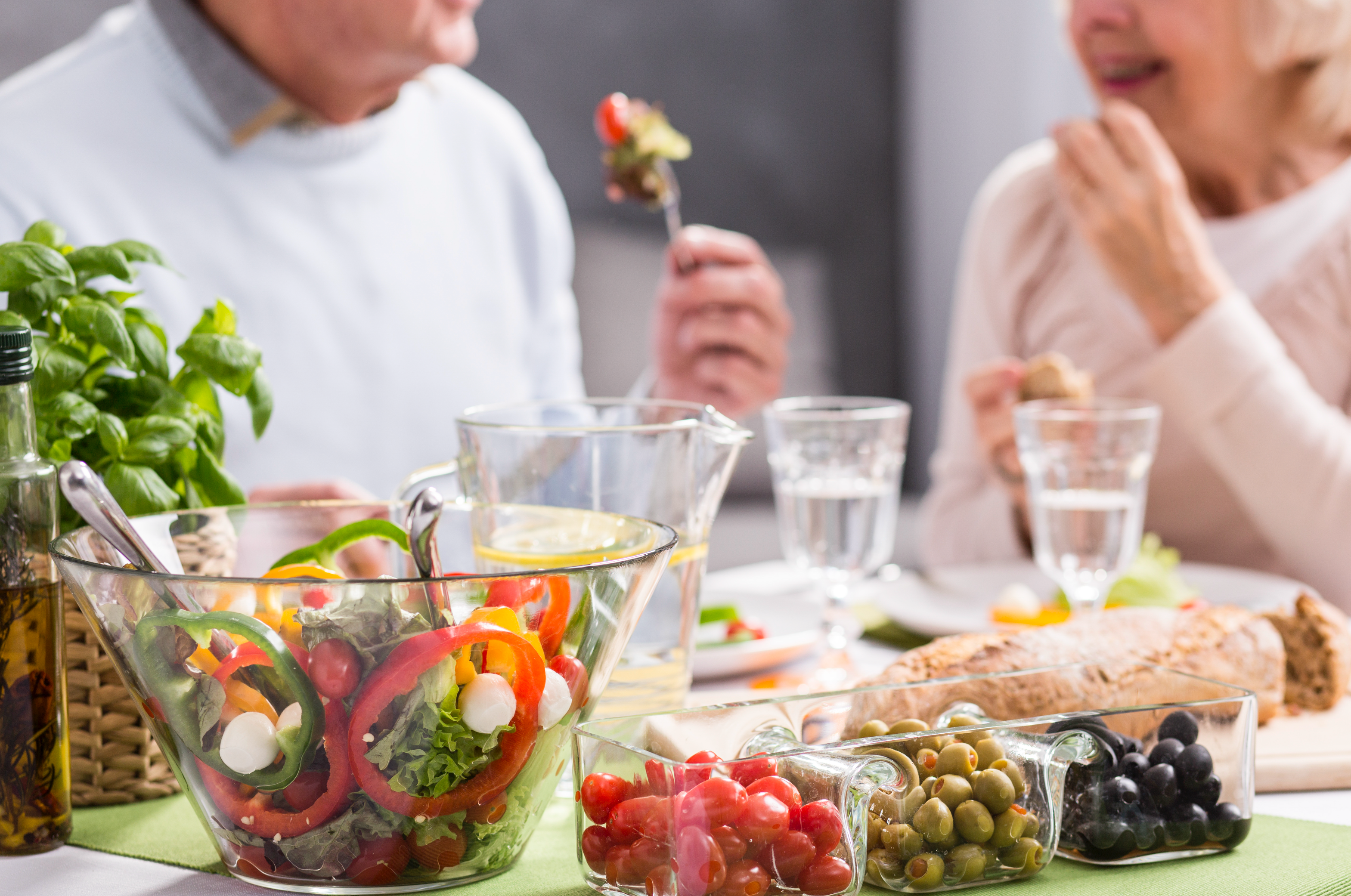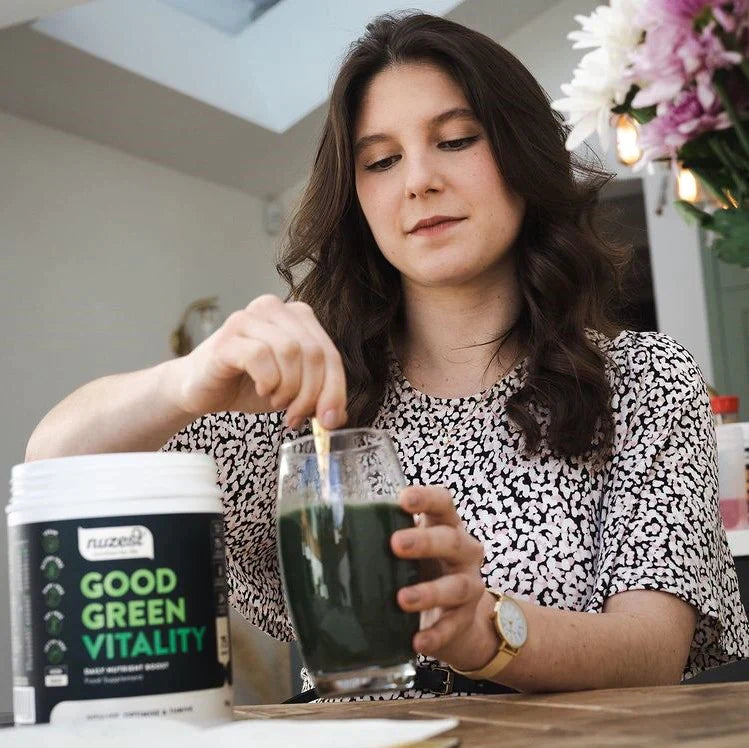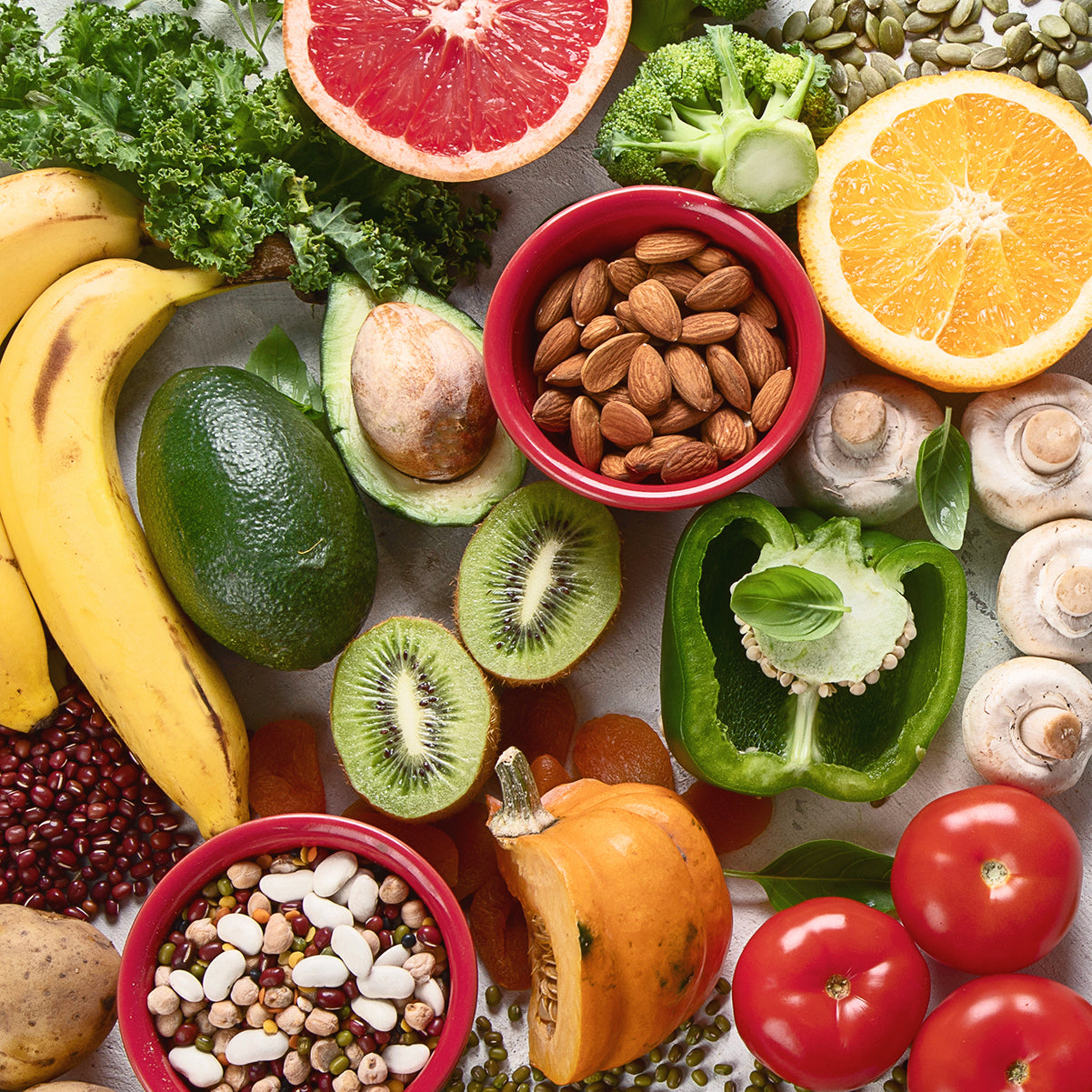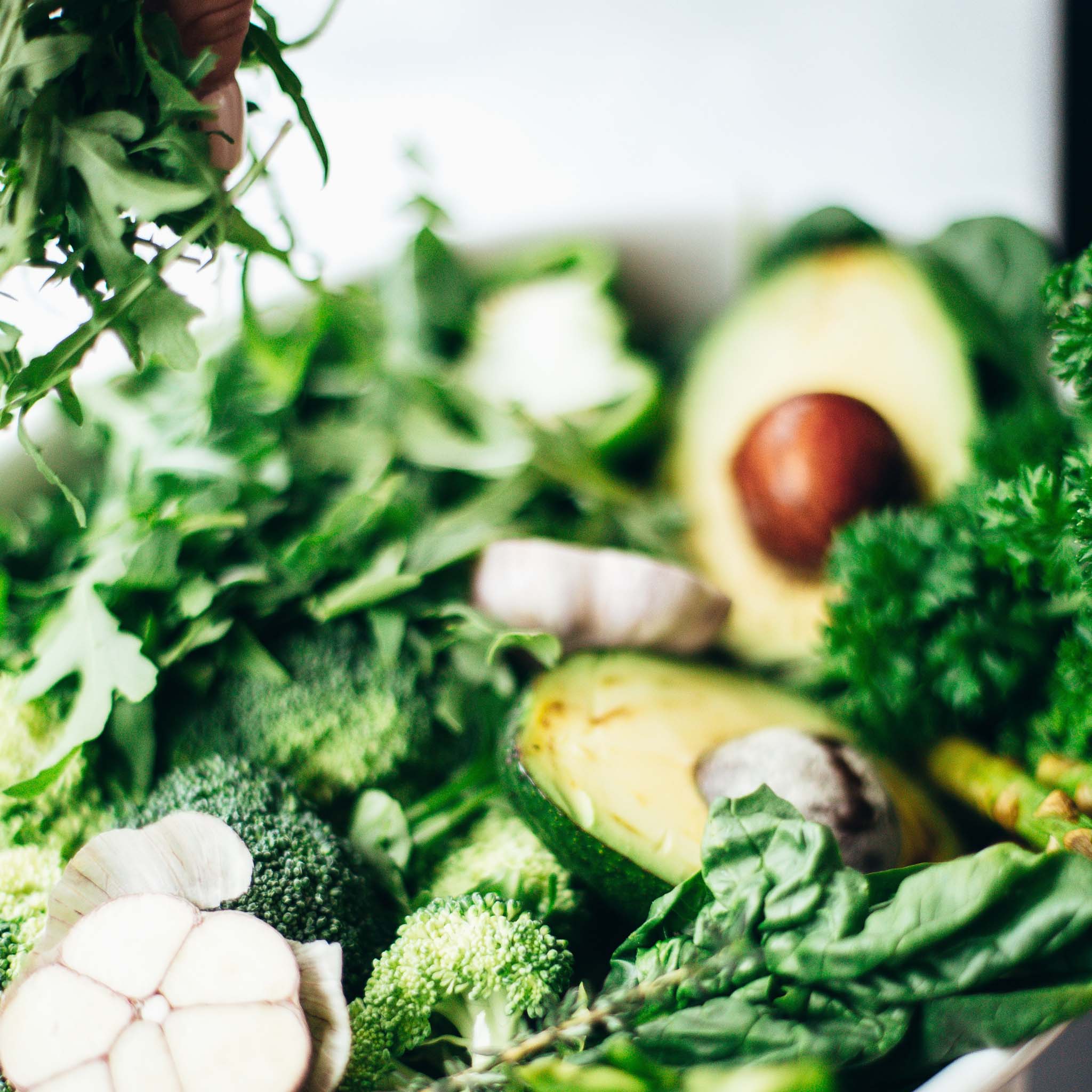Common in name, common in nature. The cold is one of the most frequent infectious diseases in humans with $2.9 billion spent on over-the-counter drugs in the USA alone.1 Contrary to popular belief it's not just one virus but is comprised of more than 200 viruses.2 These viruses, particularly the Rhinovirus strain, affect the upper respiratory tract (nasal cavity, pharynx and larynx), in particular the nose.3
Unfortunately, there is no wonder cure to the common cold. Although vaccination may provide protection against some of the common ones, there are far too many to provide total protection, and new ones are regularly appearing. What is recommended, is keeping on top of your health year-round with the focus being prevention rather than treatment.
How is it spread?
There are two main ways in which the cold virus can enter the body; transmission through the air via droplets, or physical contact with contaminated objects (aka fomites) and then to the mouth and/or nose. Research tells us that viruses may be able to survive on objects for extended amounts of time (up to 18 hours for rhinoviruses).4
What are the Symptoms?
The main symptoms of a cold are a runny nose, coughing, blocked nose, sore throat, and occasionally muscle ache, fatigue, headache and loss of appetite may also occur. This can cause difficulty distinguishing between a cold and influenza (the flu), the latter generally having more severe symptoms and a lower likelihood of a runny nose.5,6
What can I do to Prevent it?
Lifestyle solutions
In addition to supporting your own natural defence mechanism (the immune system) through maintaining a healthy, balanced and nutrient-rich diet, ensuring that you get adequate sleep, keeping stress levels down and not over-extending yourself in your physical exercise regime, the easiest method to help prevent the cold during peak times is through monitoring your physical interactions with other people and with surfaces that may have been contaminated. Washing your hands regularly or using antibacterial hand wash in prone areas like public transport, schools, hospitals etc. is highly recommended.
Supplementation
There are varying studies on which specific nutrients can prevent, or speed up recovery from the cold. Listed here are some of the more common ones, together with notes to relevant research.
Zinc
One study in 2011 found that supplementation of zinc for a minimum of 5 months before contracting the cold reduced the incidence rate, school absences and antibiotic prescriptions. Additionally, supplementation 24 hours before the onset of symptoms saw the duration and severity of a cold notably reduced compared with those who didn't supplement.7 The take-home message being, to make sure you're getting the adequate amounts of zinc for optimal immune functionality all year round!
Foods rich in Zinc include: lean beef, spinach, pumpkin and squash seeds, cashews, cocoa powder, chickpeas, white mushrooms.
Nuzest Good Green Stuff contains 12mg per 10g serve, which is 109% of the RDI for adults aged 19-50yrs in Australia.
Ginseng
A 2005 experiment found that those who supplemented with ginseng over a minimum of 4 months had a reduced number of colds per year compared to those who did not supplement. Additionally, the severity and duration of the colds for those on ginseng were less than the placebo group.8
Nuzest Good Green Stuff contains 100mg per 10g serve.
Probiotics
Interestingly, the gut bacteria lactobacillus showed signs of limiting the likelihood of acquiring a cold when supplementing regularly. These results were greatly improved when supplementing with several essential vitamins and minerals at the same time.9
Nuzest Good Green Stuff contains 6 billion CFU (colony forming units) of dairy-free probiotics per serve. Other foods rich in Probiotics include: yogurt, kefir, dark chocolate, pickles, tempeh, sauerkraut.
Vitamin D3
A deficiency in vitamin D3 has been linked to an increased severity of the common cold. This may be due to its function in the creation of antimicrobial peptides (AMPs) that are used by immune cells to defend against cold viruses.10 Ensuring you have the optimal vitamin D3 in your diet all year round is essential to helping prevent the cold (in addition to other conditions such as weak bones).
Foods rich in Vitamin D3 include: sunlight (not a food but the best sources), salmon, tuna, milk, eggs, mushrooms.
Nuzest Good Green stuff contains 10µg per 10g serve, which is 200% of the RDI for adults aged 19-50yrs in Australia
Vitamin C
The use of vitamin C for colds has been a topic of heated discussion among researchers, however, in a review by Hemilä et al (11) showed that while it doesn't reduce the incidence of colds it can help reduce their duration and severity. Even though it may not be the miracle vitamin, it is still beneficial for colds and, in general, a great antioxidant, required to produce collagen and in terms of iron absorption, is indispensable.12-14
Foods rich in Vitamin C include: capsicums, kale, kiwi, broccoli, strawberries, oranges, tomatoes.
Nuzest Good Green stuff contains 360mg per 10g serve, which is 800% of the RDI for adults aged 19-50yrs in Australia
Echinacea
Studies show that Echinacea shortens the duration of a cold if you take it when symptoms are present. A smaller (but not statistically significant) effect is observed for the prevention of colds with nearly all prevention trials pointing in the direction of (very) small preventive effects.15
Unfortunately, as of yet there is no cure to the common cold. As mentioned, this is mainly because of the many different virus strains that cause it!
At Nuzest we understand that health is complicated and we are a long way from understanding the intricacies of the human body. However, we do know that to function at our best we require the basic nutritional building blocks. That's why we do what we do. Good Greens Stuff is filled with ingredients that support all 12 body systems and contains the majority of nutrients that help with prevention of the common cold.
So, next time you come down with a cold, consider if year-round great nutritional supplementation could have helped prevent or ease your runny nose! Or, don't wait. Get started now; you won't be disappointed.
References
- Fendrick AM, Monto AS, Nightengale B, Sarnes M. The economic burden of non influenza-related viral respiratory tract infection in the United States. Archives of internal medicine. 2003 Feb 24;163(4):487-94.
- Centers for Disease Control and Prevention. Common Cold and Runny Nose. https://www.cdc.gov/getsmart/community/for-patients/common-illnesses/colds.html (accessed: 4th April 2017).
- Arroll B. Common cold.BMJ Clinical Evidence 2011; (): . https://www.ncbi.nlm.nih.gov/pmc/articles/PMC3275147/ (accessed 4 April 2017).
- Eccles R, Weber O, editors. Common cold. Springer Science & Business Media; 2009 Nov 16.
- Allan GM, Arroll B. Prevention and treatment of the common cold: making sense of the evidence. Canadian Medical Association Journal. 2014 Feb 18;186(3):190-9.
- Centers for Disease Control and Prevention. Cold Versus Flu. https://www.cdc.gov/flu/about/qa/coldflu.html (accessed: 4th April 2017).
- Singh M, Das RR. Zinc for the common cold. The Cochrane Library. 2011 Feb.
- Predy GN, Goel V, Lovlin R, Donner A, Stitt L, Basu TK. Efficacy of an extract of North American ginseng containing poly-furanosyl-pyranosyl-saccharides for preventing upper respiratory tract infections: a randomized controlled trial. Canadian Medical Association Journal. 2005 Oct 25;173(9):1043-8.
- Berggren A, Ahrén IL, Larsson N, Önning G. Randomised, double-blind and placebo-controlled study using new probiotic lactobacilli for strengthening the body immune defence against viral infections. European journal of nutrition. 2011 Apr 1;50(3):203-10.
- Wang TT, Nestel FP, Bourdeau V, Nagai Y, Wang Q, Liao J, Tavera-Mendoza L, Lin R, Hanrahan JH, Mader S, White JH. Cutting edge: 1, 25-dihydroxyvitamin D3 is a direct inducer of antimicrobial peptide gene expression. The Journal of Immunology. 2004 Sep 1;173(5):2909-12.
- Hemilä H, Chalker E. Vitamin C for preventing and treating the common cold. The Cochrane Library. 2013 Jan 1.
- Erdman Jr JW, MacDonald IA, Zeisel SH, editors. Present knowledge in nutrition. John Wiley & Sons; 2012 May 30.
- Gerald F. Combs, Jr..The Vitamins, 4th ed. United States: Academic Press; 2012.
- Boyera N, Galey I, Bernard BA. Effect of vitamin C and its derivatives on collagen synthesis and cross‚Äêlinking by normal human fibroblasts. International Journal of Cosmetic Science. 1998 Jun 1;20(3):151-8.
- Karsch-Völk M, Barrett B, Linde K. Echinacea for preventing and treating the common cold. Jama. 2015 Feb 10;313(6):618-9.


